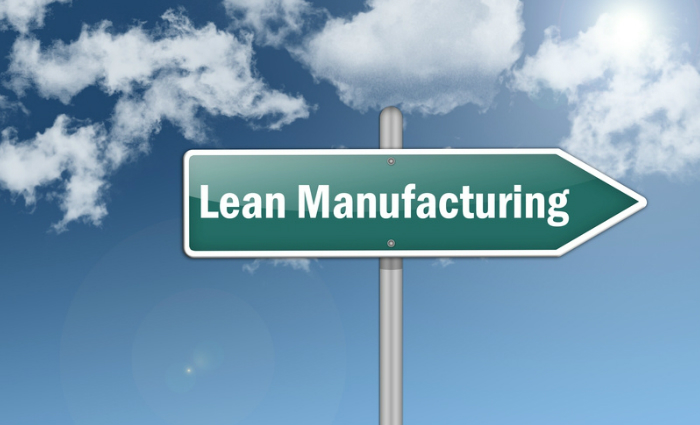Lean is a phenomenon, a mindset a mission statement. Many economic sectors establish the methods and procedures and are aware of the positive effects. But what is the core idea and how did it all start? For some readers of this blog, Lean Management may be new territory. Therefore today a little digression back to the roots of the methods and the pioneers.
Toyota did it
Lean management is an idea that has its origins in Japan in the 80s. The model used was the new serial production of Henry Ford, who laid the foundation stone with his T-model. The production manager Taiichi Ohno was one of the first entrepreneurs to recognize these benefits, optimized them and developed a holistic manufacturing system. In the 1990s, lean knowledge spread to other parts of the world and was constantly evolving.
This TPS-known Toyota production system has always been the cornerstone of lean management.
But what are the factors that make this system so successful?
The core idea behind the mindset often takes a back seat for many companies that want to establish Lean Management today. You lose yourself in the methods and individual measures and run after the efficiency increase, without noticing that you have lost the ultimate goal completely out of sight.

Many experts define three basic pillars of an ideal factory that make up a production system. At these construction sites, we must orientate ourselves to achieve the ideal state.
1. Stability in the production processes
Where there are no fluctuations and failures, ideal conditions prevail.
2. As short set-up times as possible
The more frequently a machine has to be retrofitted, the more expensive the single article becomes.
3. As much capacity as possible
Every production manager dreams of having as many halls, machines, employees and shifts as possible and never again bottlenecks.
The tools of Lean Management basically all focus on optimizing these three pillars, the overall system.
Map value stream and recognize waste as a key factor of lean management
The idea behind the fundamental optimization of the entire system runs through the sustainable elimination of waste, in Japanese, it is the “7 Mudas”. They are the key to continuous improvement and increasing efficiency along the value chain. So, if you examine all parts of your value stream and consistently eliminate all non-value-added activities, then this is the first step towards holistic lean management.

Business technology concept as two hands holding a group of machine gears shaped as a human head as a symbol and metaphor for the transfer of industry information or corporate training.
Crash Course Lean Tools: The most important lean principles for your success
The global benchmark for lean production was and is the TPS Toyota production system. But in theory, lean is understood quite quickly. Only the methods are not always 1: 1 transfer to your own company, it depends on the interaction of the individual methods.
